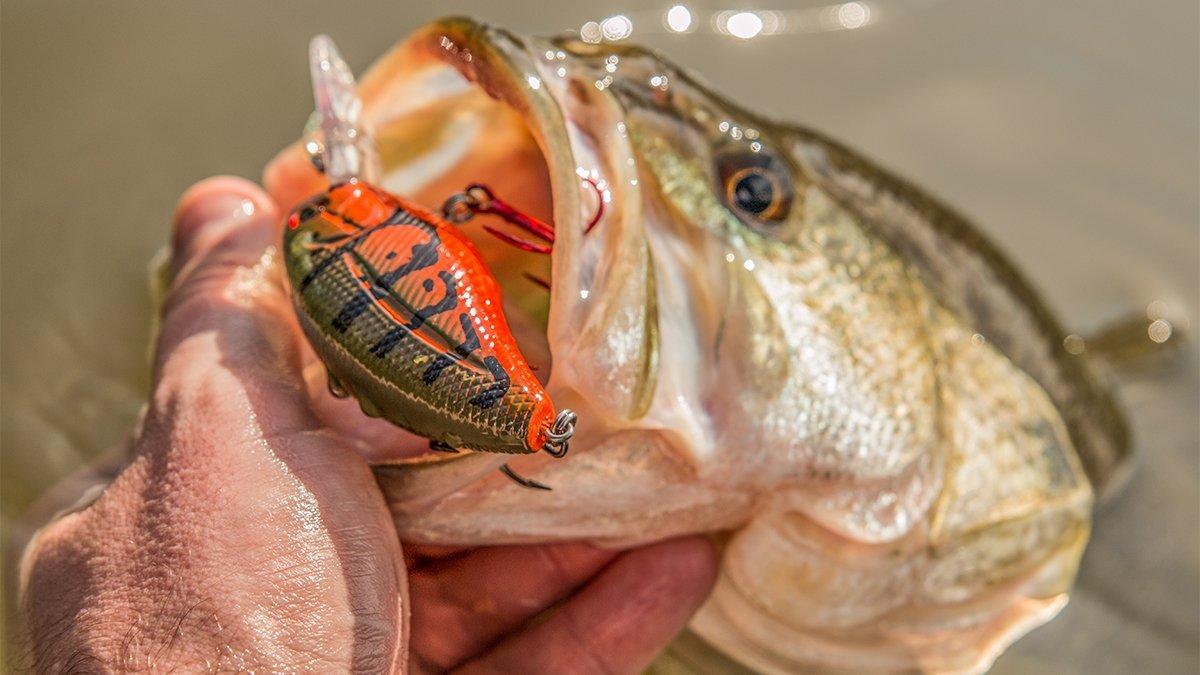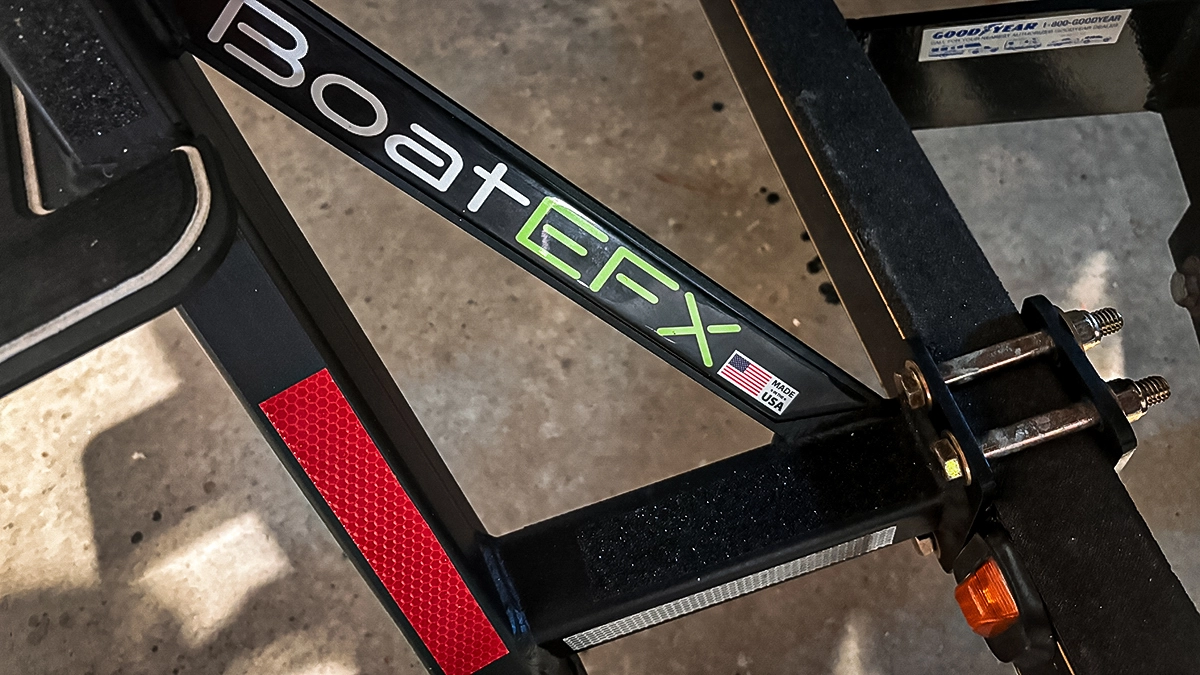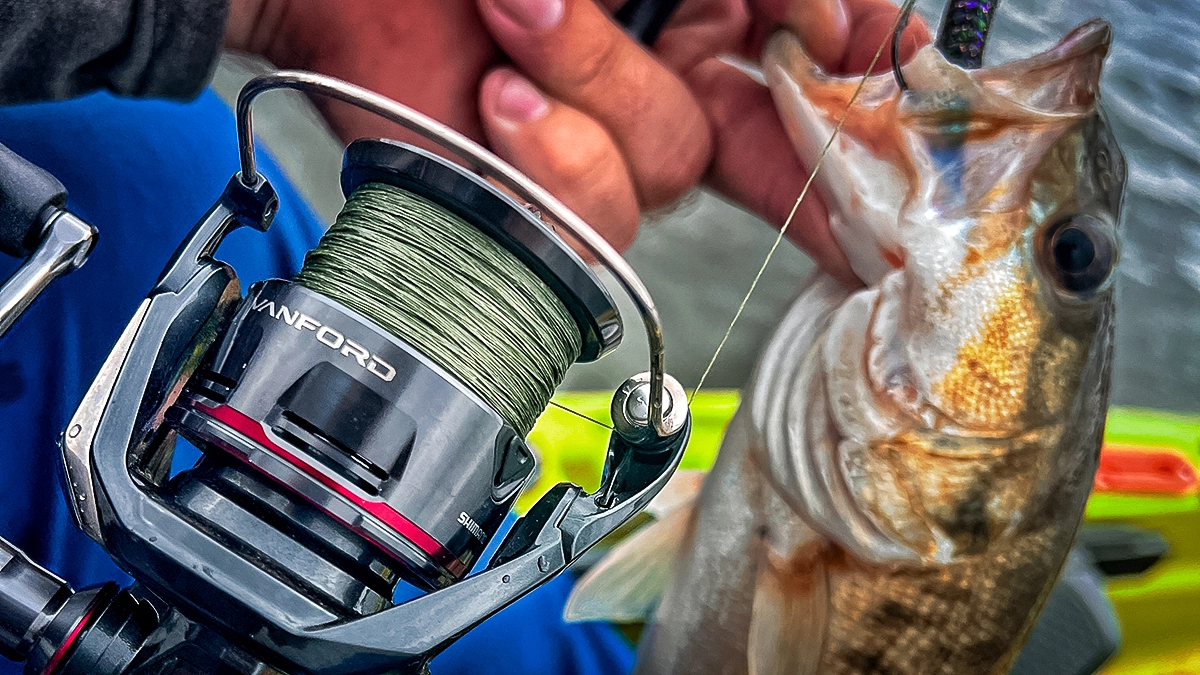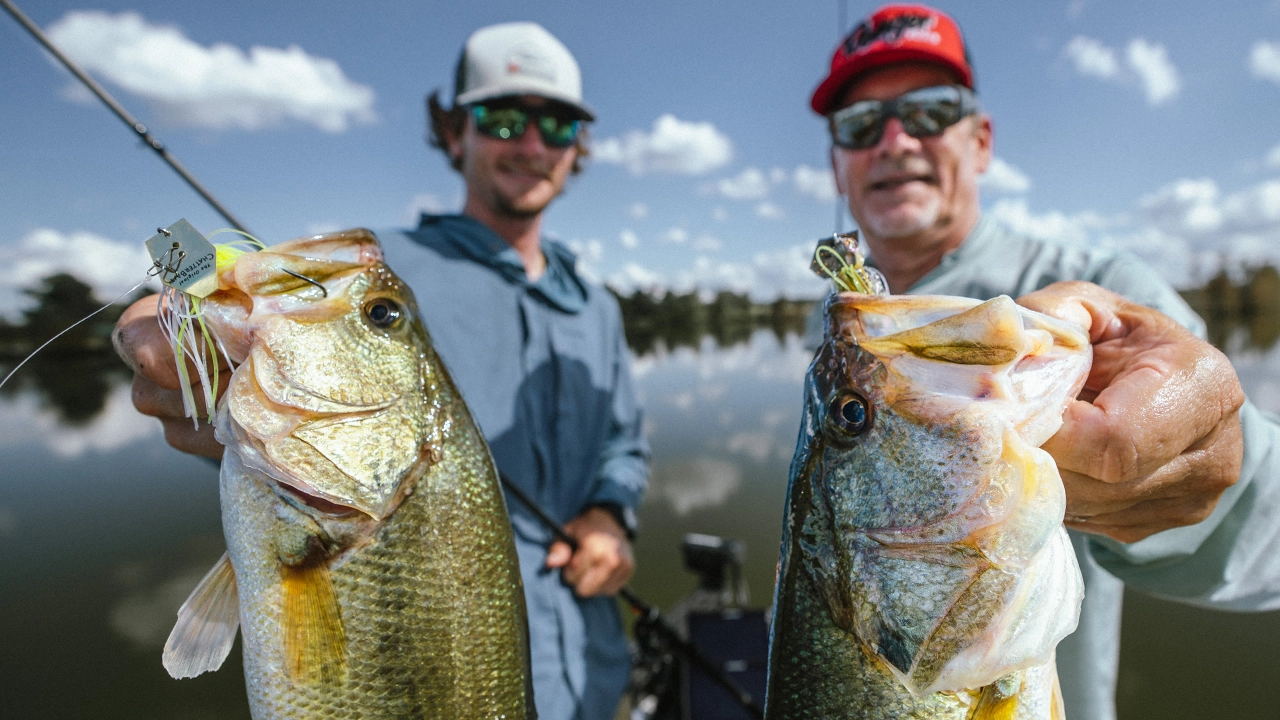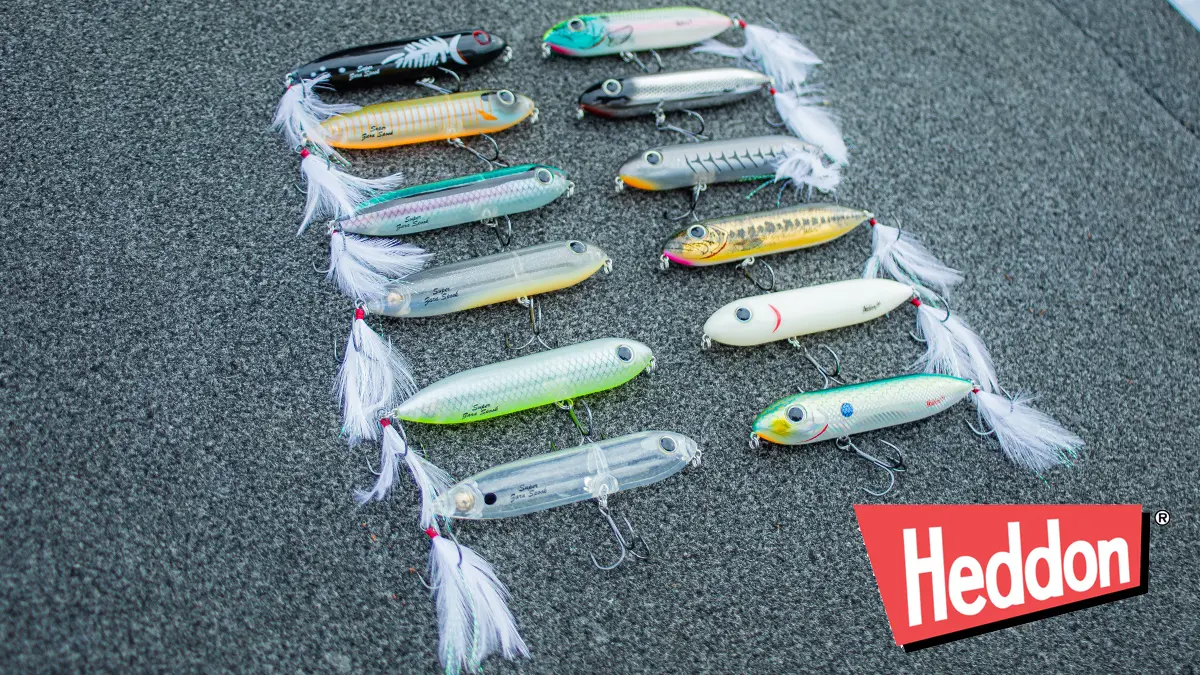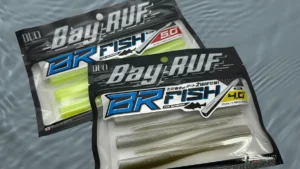This time of year can be incredibly frustrating for bass anglers. Unfortunately, when you add this bipolar weather we’ve all been having this year, it tends to make things even more challenging. In 2018 so far, my area has had 82-degree days in February and frost warnings in April. I’ve gone from catching a 25-pound limit one day to not getting a single bite the next.
So what’s the deal?
After taking some time to think about it and examine the different variables, I’ve noticed something fairly interesting: My best fishing trips lately have occured on bright, sunny days. I figured there has to be something to it.
Outdoorsmen work hard so they can play harder—so I wanted to gather some facts that might help you better plan your next fishing trip into your busy work schedule. Whether you’re considering taking a “sick” day or using those precious vacation days, I hope this information will help you increase your odds of having a great day on the water.
I decided to reach out to a few folks who are smarter—and better anglers—than me. I asked them about the two biggest wildcard factors this time of the year: Sunlight and wind. Here’s what I was able to learn.
Brandon Palaniuk: 2017 Bassmaster AOY
“I really think it depends on the stage of the spawn and the body of water you’re fishing. If you’re fishing more target-oriented stuff in the spring—pitching and flipping isolated wood or rock piles—it’s going to be better in the sun. If you’re fishing flats, early prespawn will be better in the sun. Once they move up and they’re already committed, I think the fishing improves when it’s cloudy.
“Early in the prespawn period, when the water temperatures are in the 45 to 50-degree range, the sunlight will pull ‘em up and help them make that first initial push. On an average sunny day, the water temperature can rise two to three degrees which is huge for a bass. That sunlight pushes the fish to those isolated targets and makes them much easier to pinpoint. If you’re looking to fish more open water and flats, cloudy days open up the strike zone more once they’re already committed to the flats. They’ll roam a bit more and travel further to eat your bait.
“I think if it’s warm and sunny, wind is a good thing because it will churn that surface water and make the fish more active. If it’s cold outside, though, I want to get out of the wind because the calmer stuff is going to heat up quicker.”
Mike McClelland: Elite Series pro
“Any time the seasons start changing from winter to spring, I’m going to pick a sunny day over a cloudy day nine times out of 10. Bass are cold-blooded animals and when we start getting longer days and the temperatures start climbing in the spring, the bass and the forage start climbing in the water column. The warmest water is going to be near the surface. As anglers, I really believe that we tend to fish too deep in the spring when we get a lot of sunshine. Those fish will start sunning to warm their bodies to prepare for the spawn. It’s mother nature’s time clock telling them to do their duty.
“The sunny weather will pin them to certain objects like pole timber and the corners of boat docks. But I think water temperature may play a bigger role. Early in the spring, the first mission a fish has is to get high enough in the water column that they’re getting the warmth from the sun. It isn’t just the hard cover. It’s unbelievable now with my Panoptix how many fish are suspended in the middles of creeks, relating to absolutely nothing. They’re suspended in four to five feet of water on nothing, just warming themselves.
“I definitely want some sort of ripple on the water. As long as you have a ripple to break the surface and lessen the penetration of sunlight to give those fish a little more security, that’s all it takes in the spring. On big wind days, I don’t think the sun can warm the shallows as much.
“I’ve been fishing 20 years full-time, but in the last decade, I’ve noticed that a certain water temperature isn’t when they’re going to spawn. It does have to be over 52 or 54 degrees to get ‘em interested, but after that, if you get the right sunny days with a full moon, they’ll go.”
Mark Menendez: Elite Series pro
“In my opinion, we need to first look at the photoperiod. It’s what drives the fish shallow. As the days lengthen, the fish know it’s almost time to spawn in the shallows. On those awesome February days you had, the fish moved shallow to warm and “cook” their eggs. They got up high in the water column which sped up their metabolism and the development of their eggs. But they probably weren’t spawning because the photoperiod wasn’t right.
“When you have those small, early warming trends and the weather gets nasty and cloudy again, they’ll stop their migration and gather towards the flat, back-ends of the bays. When there are isolated pieces of cover back there, you’ll start seeing those wolfpacks of 10 or 12 big bass living in those very specific areas until they’re ready to spawn. They’re high in the water column warming those eggs.
“On overcast days, they won’t get up so shallow because they simply can’t warm their eggs. When it gets cold for a couple days, I think they back out to the first deeper water and wait until the sun comes out again. You’ll have fish roaming up and down a stretch of bank, but it’s kind of a no-man’s land for an angler. We don’t have any visual targets to throw at, so it’s incredibly difficult to target them.
“In regards to win, when you have cool temps and the upper level of water warms up, the wind will blow that warmer water into the back corners of a few bays. It can concentrate fish and drastically speed up their progression.
“We’re talking about egg cooking—the optimal conditions for those fish to prepare to spawn. Long, windblown straightaways that lead to spawning areas is what you’ll target. If you know you can get off work on Thursday, start looking on Tuesday at the wind direction. It will pile up a lot of warm water in a very specific area and can make a two to five-degree difference. This wind effect usually happens more in flatter, more shallow lakes. It may not happen as much in deeper lakes.”
So as you can see from three expert bass anglers, there may be something to those bright and sunny spring days. That’s certainly not to say you won’t go crush ‘em in dreary weather, but if you’re like most of America and have to pick and choose your fishing days wisely, you might want to take a long, hard look at the upcoming weather forecast.


